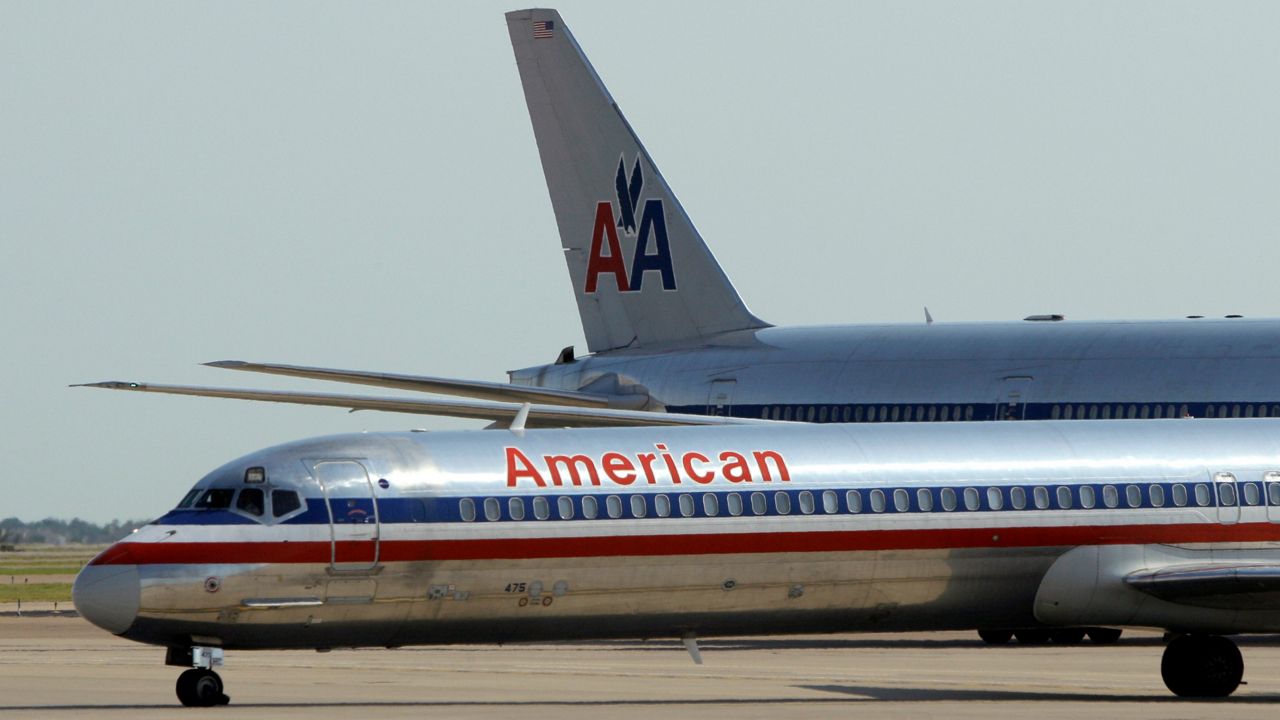FORT WORTH — Thursday may mark one of the darkest days in the history of U.S. airlines as thousands of employees are being furloughed, and many likely won’t have a job to come back to.
United Airlines and American Airlines, which is based in Fort Worth, have sent furlough notices to a combined 32,000 employees. Those notices coincide with the expiration of the federal CARES Act Payroll Support Program.
The numbers for American, the country’s largest airline by fleet size, are startling. According to a spokesman, the airline will have 40,000 fewer team members working after October 1 than were in place on March 1, prior to the pandemic.
American had roughly 140,000 U.S.-based workers prior to the pandemic and will have approximately 100,00 in place in October, the spokesman reported.
There have been about 12,500 departures and early outs, 11,000 voluntary leaves are anticipated in October, and there will be roughly 19,000 involuntary staff reductions in total. That includes 17,500 furloughs and 1,500 involuntary separations on the management side, it was reported.
American CEO Doug Parker stated the furloughs could be reversed if a deal on a business aid package is reached.
“The one possibility of avoiding these involuntary reductions on Oct. 1 is a clean extension of the PSP. Led by your labor unions, with the support of the industry, we have generated enormous bipartisan support for such an extension,” Parker wrote to employees in an August letter. “The overwhelming majority of members of both the U.S. House and Senate appreciate that saving jobs in the airline industry through this crisis will mean a quicker economic recovery in the months and years ahead.”
The government’s Payroll Support Program provided about $25 billion in loans and grants to airlines. However, travel essentially came to a halt starting in March, and the airlines lost billions in revenue. Parker outlined American’s challenges in his August letter to employees:
“The only problem with the legislation is that when it was enacted in March, it was assumed that by Sept. 30, the virus would be under control and demand for air travel would have returned.
"That is obviously not the case. Based on current demand levels, we at American now plan to fly less than 50% of our airline in the fourth quarter, with long-haul international particularly reduced to only 25% of 2019 levels.
“So, as Sept. 30 approaches, we have announced reductions in service, including the complete elimination of service to certain markets in early October, and today we are announcing the related reductions in our workforce.”



